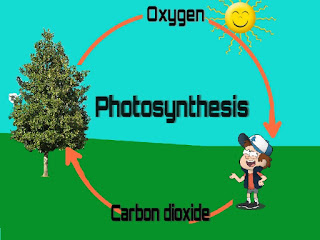How will you maintain nutritional need for the patient with hyperplyrexia?
Hyperpyrexia refers to an extremely high body temperature, typically exceeding 106 degrees Fahrenheit (41.1 degrees Celsius). It can be a life-threatening condition and is often associated with severe illness or heat-related conditions. Maintaining proper nutritional support for a patient with hyperpyrexia is crucial, as the body's metabolic demands increase with elevated body temperature. Here are some guidelines for providing nutritional support for a patient with hyperpyrexia:
Hydration: Hyperpyrexia can lead to increased fluid loss through sweating and evaporation. Maintaining adequate hydration is essential to prevent dehydration, electrolyte imbalances, and further complications. Intravenous (IV) fluids may be necessary to provide the required fluids and electrolytes. These should be administered by a medical professional.
Nutrient-Rich Diet: A nutrient-dense diet can support the body's increased metabolic demands. Provide foods that are high in essential nutrients, including vitamins and minerals. Nutrient-rich options include fruits, vegetables, lean protein sources, and whole grains.
Frequent Small Meals: Hyperpyrexia can reduce appetite, so it's often more effective to offer frequent, smaller meals and snacks rather than larger ones. This can help ensure a steady supply of nutrients and energy.
High-Calorie Foods: In severe cases, it may be necessary to provide high-calorie foods to meet the increased energy demands associated with hyperpyrexia. Caloric requirements may be higher than usual due to the body's attempt to regulate temperature and the metabolic stress caused by the condition.
Vitamins and Minerals: Hyperpyrexia can lead to an increased loss of certain vitamins and minerals, particularly water-soluble vitamins like vitamin C and B-complex vitamins. A healthcare professional may recommend supplementation to address deficiencies.
Protein: Protein is important for tissue repair and immune function. Ensure that the patient receives an adequate amount of protein to support these processes.
Avoid Triggering Foods: Some foods, like spicy or hot foods, can increase body temperature. Avoid these types of foods, and opt for cooling and easily digestible options.
Monitor for Complications: Hyperpyrexia can lead to complications, such as organ dysfunction or metabolic abnormalities. Nutritional support should be closely monitored, and any complications addressed promptly.
Consult a Healthcare Professional: The management of a patient with hyperpyrexia should be overseen by a healthcare professional, such as a physician or dietitian. They can assess the patient's individual needs and adjust the nutritional plan accordingly.
Cool the Body: In addition to proper nutrition, it is crucial to focus on cooling measures to bring down the elevated body temperature. These measures may include using cooling blankets, ice packs, or medications as prescribed by a healthcare provider.
Hyperpyrexia is a medical emergency, and treatment should be administered by healthcare professionals in a hospital setting. Proper medical intervention, including cooling and nutritional support, is vital to address the underlying cause and manage the patient's condition effectively.









